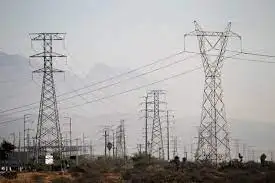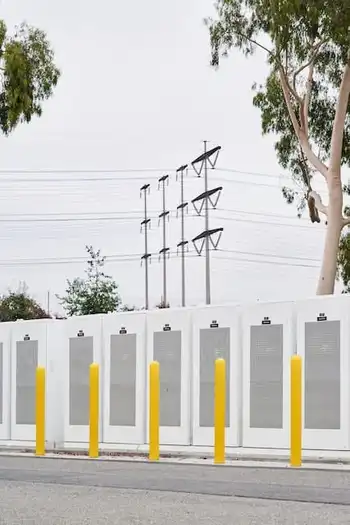Jet turbine could power hybrid car
By Reuters
Protective Relay Training - Basic
Our customized live online or in‑person group training can be delivered to your staff at your location.

- Live Online
- 12 hours Instructor-led
- Group Training Available
The car is built on the shell of a normal Toyota Prius, a top-selling gasoline-electric hybrid, but without the need for its internal combustion engine.
Instead, an electric engine, containing a supercapacity battery and a micro-jet turbine engine, powers from the rear as it drives almost silently around a test track.
With automakers racing to develop the most efficient, environmental friendly cars with minimal emissions, the concept of turbine-powered electric vehicles is not new.
But ETV Motors, a private company based just outside Tel Aviv that has raised some $12 million in investments, says it has found a way to make it commercially viable.
It says it has developed a micro-turbine engine to act as an on-board charger and a high-density battery that can power a vehicle for about 60-80 km (35-50 miles) on one charge.
The test car uses newly designed components still undergoing development, the company said, adding that the final product should be ready for tests next year.
Another Israeli project, Better Place, which was launched in 2007 with $200 million of venture funding, has been gaining momentum across the globe, pushing for fully electric cars that recharge by plugging in to a grid network.
Better Place has partnered with Renault and Nissan to develop electric car infrastructure.
Toyota Motor Corp, another of the automaker giants developing hybrid and plug-in technologies, has said it would start leasing 500 plug-in cars globally by the end of this year.
Toyota has said the car will be powered by lithium-ion batteries, and Japan's Nikkei business daily reported this month the plug-in will be able to run 20-30 km (12-18 miles) on battery power alone at full charge.
ETV Motors says its batteries will power a car for more than twice as long, and with its on-board charger, will not be dependent on complicated electric charging infrastructure, though the car will be plug-in compatible, the company said.
The jet turbine system is also a departure from General Motors Corp's Chevy Volt plug-in, which is also powered by a traditional internal combustion engine. GM aims to introduce the Volt, with its 64 km (40 mile) range, by late 2010.
The game-changing development, said chief technology officer Arieh Meitav, was a higher density battery, based on Lithium Manganese Nickel Oxide.
The batteries will be the first to have 4.7 volt cells, versus existing Lithium-ion batteries with 3.2 volts. This allows for longer range with a smaller battery, and it is projected to last the lifetime of the car, he said.
The second part of the system, the electricity producing micro-turbine, is being developed with the help of an Israeli aviations company — though ETV Motors would not say which one.
The turbine can run off a variety of fuel sources, like gasoline, diesel and biofuel, the company said, and will only operate to charge the battery when it runs low, spinning at a constant 80,000 RPM for maximum efficiency.
Felix Kramer, founder of CalCars.org, a independent Palo Alto-based nonprofit startup promoting plug-in hybrids, said the company had two very promising solutions but that they were far from commercialization.
"Today, every major automaker is now hard at work developing its first production plug-in vehicles in the next four years using existing technology," Kramer said.
"Once ETV Motors has fully developed prototypes, potential customers will be able to analyze both the performance and cost benefits of the new systems compared to other contending advanced technologies," he said.
Arnold Roth, ETV Motors' chief operating officer, said the company was discussing options to either manufacture parts of the system themselves or license it out to a larger company.
"We have been approached by Tier 1 manufactures who are interested in our technology," Roth said.
Roth said their hybrid system will be cheaper than hybrids on the market today.











